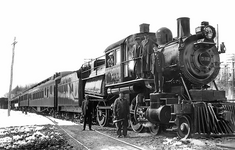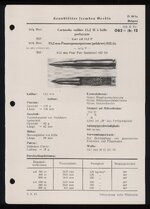Reluctant Poster
Tech Sergeant
- 1,737
- Dec 6, 2006
Boiler design is not that simple. If you look at locomotive designed for low quality coal the fireboxes are enormousIMO, it would've been better.
German access to a good coal - even if it was not perfect coal - was much greater than it was their access to any liquid fuel. Ironically, their access to the coal was improving as Germany was gobbling up the territory. Any boiler design for the steam truck should have the quality of the coal in mind in the time the back-of-the-napkin stage is in.
The British had the advantage of access to Welsh coal which was world renowned for its quality. It typically had a higher heating value of 14,500 btu/lb. If you substitute sub bituminous which has a HHV of 10,000 at best you you have to carry around 50% more coal, reducing your payload. The boiler will be bigger and heavier further reducing the payload. Finally the boiler efficiency is reduced by the high moisture content of the sub bituminous coals requiring yet more coal. Forget about lignite.


